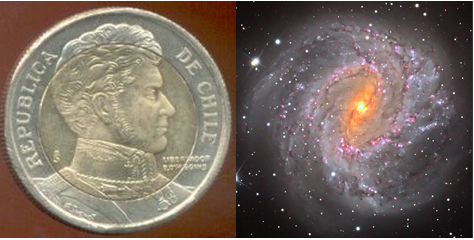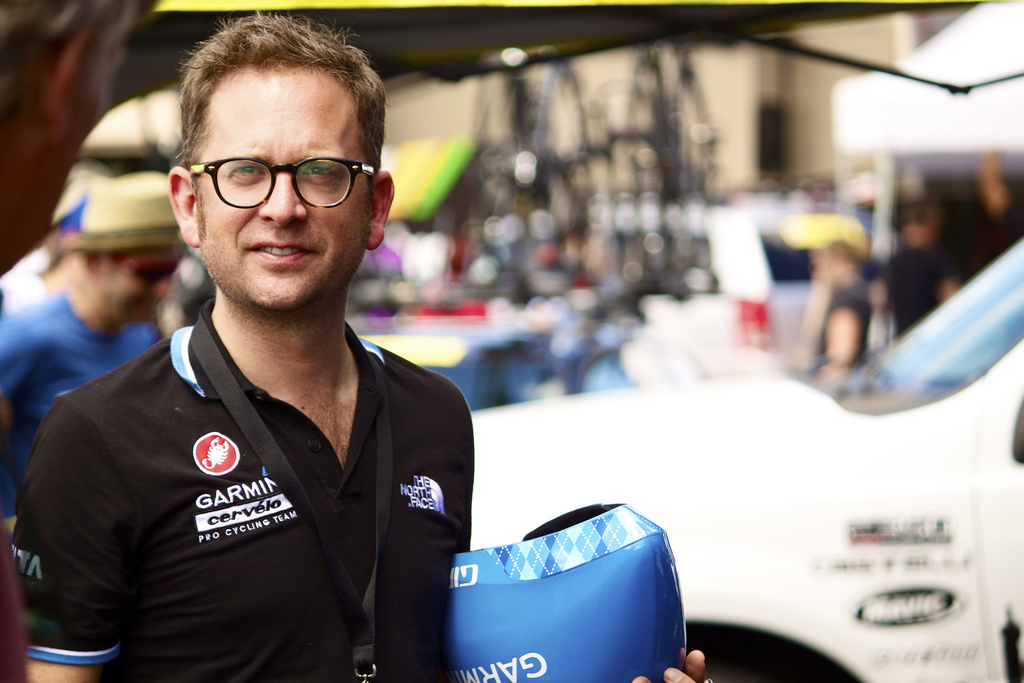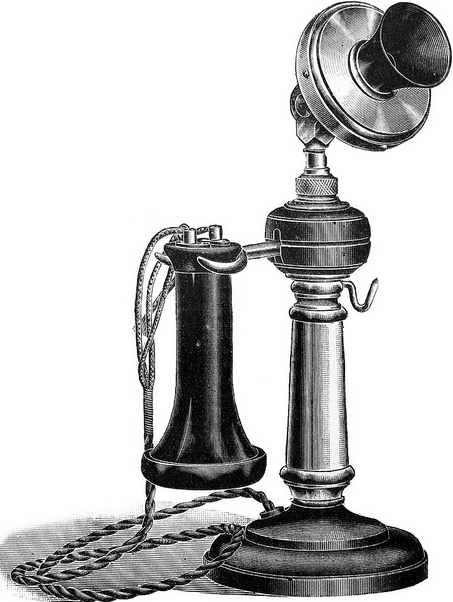
One evening during a recent visit to Santiago, Chile, I went to dinner with two colleagues. Afterward, as I descended the stairs of the Metro to cross Providencia Avenue, I saw a young girl, no more than five years old, wrapped in a dirty blanket, sitting on the ground. She was holding out a shoe for a few monedas. It was dirty pink, a once beautiful Disney Cinderella slipper studded with sparkles and flashing lights. Just ten minutes earlier I had been talking with my friends about a discovery we had made, one that had been recognized with the Nobel Prize in Physics last year. Now looking back at me was a little girl who had been crushed by poverty.
I had traveled to Santiago from my home in Texas for a weeklong celebration of Chilean astronomy’s essential role in the discovery of the accelerating expansion of the universe. My dinner companions that evening were Nobel laureate Brian Schmidt, with whom I had founded one of the teams that, in 1998, discovered the 75 percent of the universe that we now call dark energy, and Chris Smith, a key collaborator on the project. Over the course of the week Brian would give eleven talks outlining the central and pioneering role of three Chilean astronomers—José Maza, Mario Hamuy, and Alejandro Clocchiatti. I was giving a couple of talks myself. The mood over dinner was celebratory as to what we’d accomplished and earnest about the work that still needed to be done.
And then the little girl brought me back to Earth—and to a question that has plagued me my whole professional life: Of what use is astronomy when there is so much suffering in the world? Why spend one centavo on cosmology when little girls are crouching in subway stairwells, begging?
Continue reading →








